These Beautiful Photos Highlight the Incredible Diversity of Bees
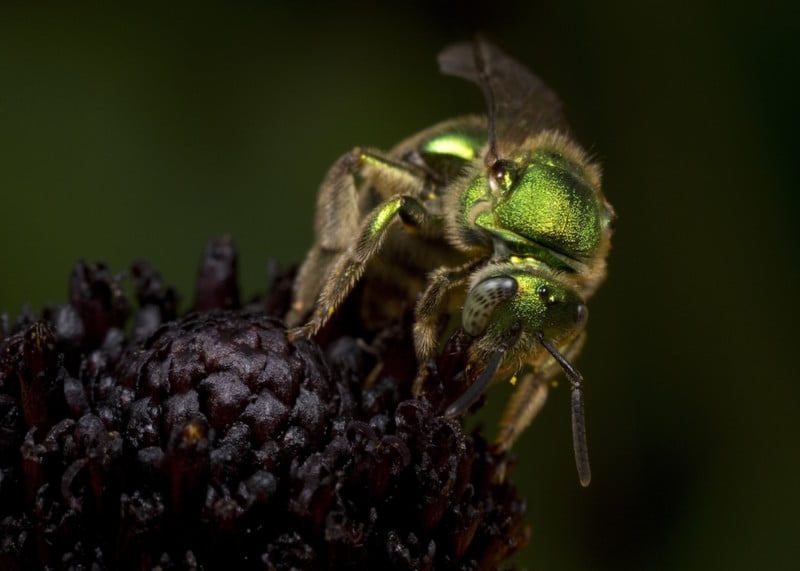
It’s safe to say natural history photographer Clay Bolt is obsessed with North American bees. What began with a few photos in his backyard in South Carolina back in 2014 has turned into a full blown project aimed at helping document the staggering diversity of North American bees.
After accidentally photographing two different species of North American bee in his own backyard, Clay began doing some research and learned that there are over 4,000 native bee species in North America. “As I began to do more research, I realized that so little was known about our native species, and so at that moment I realized that I could use my photography to begin to tell some of those stories,” he tells Slate.
And that’s exactly what he’s done, documenting the beauty and diversity of North American bees for his project titled “Beautiful Bees.” Below is just a small selection of the many many (many many) photos Clay has captured out in the field:
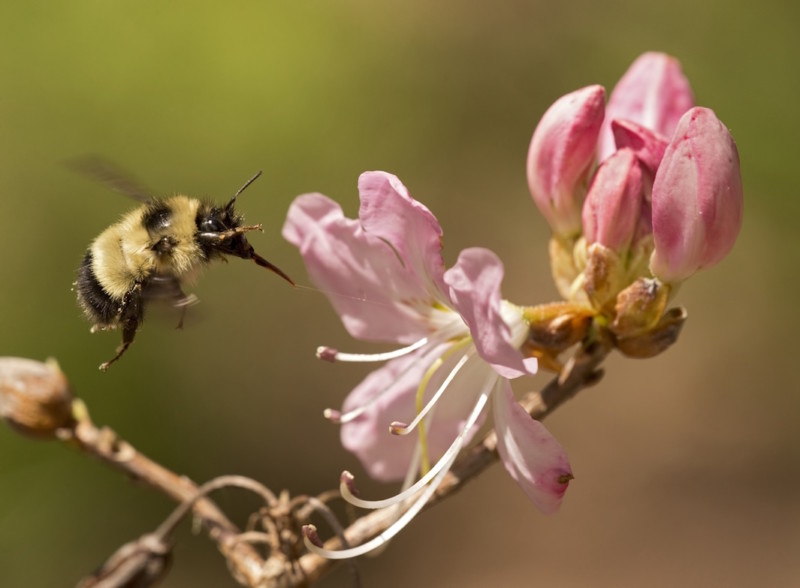
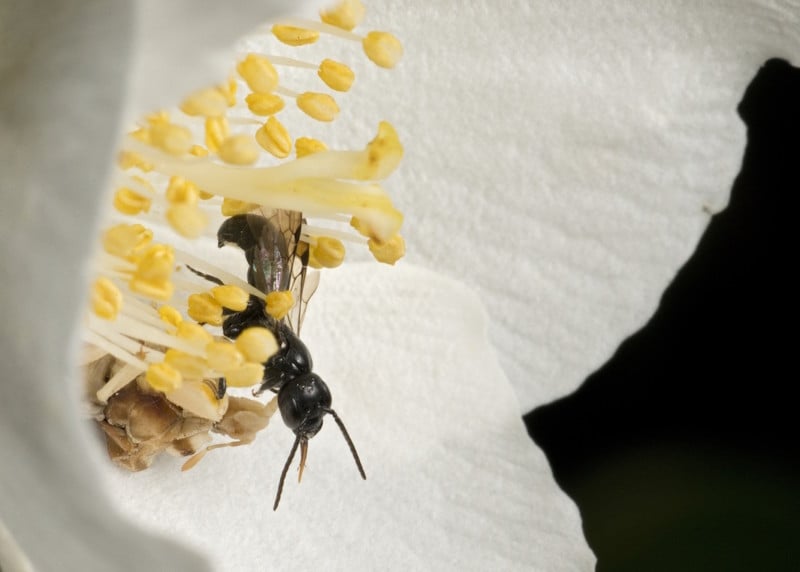
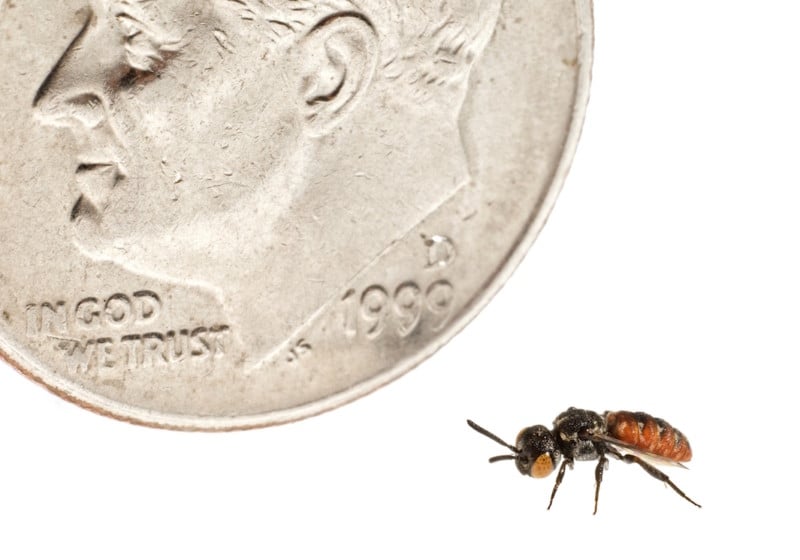
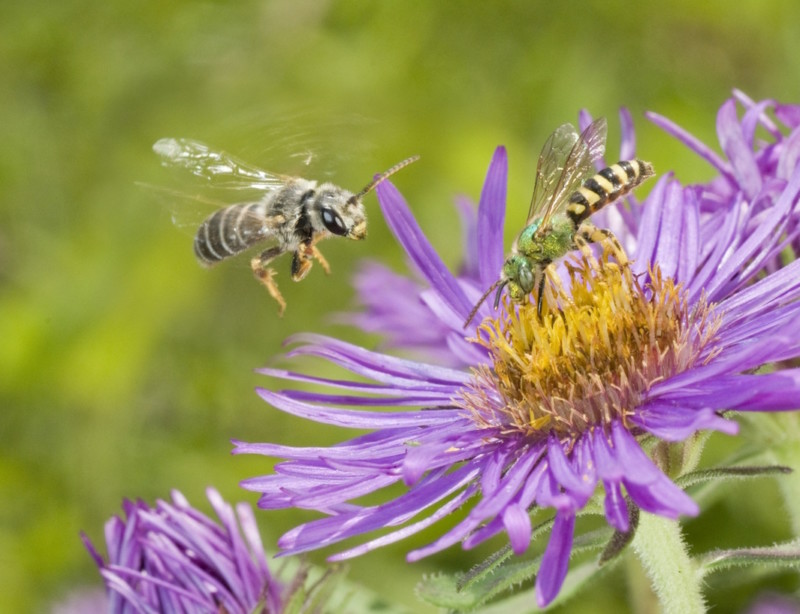
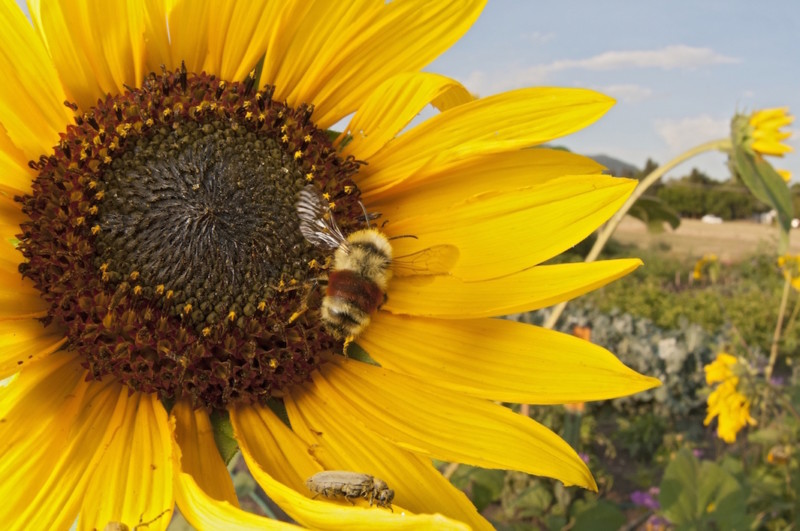
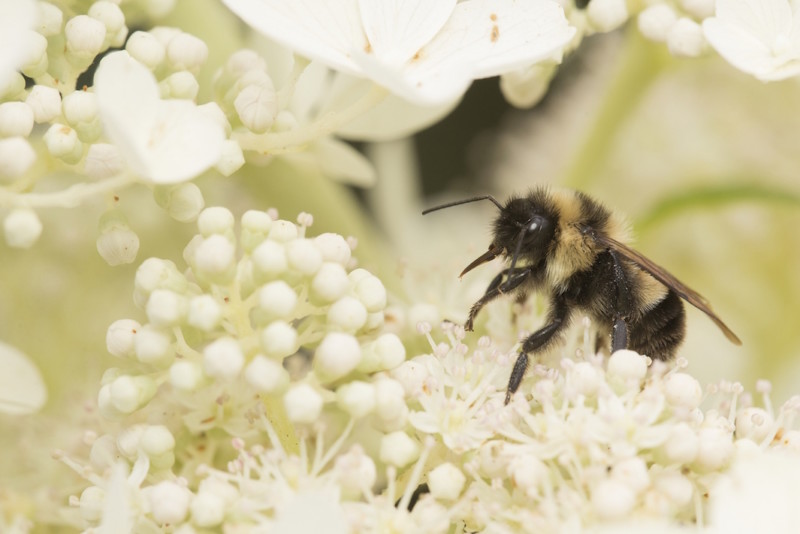
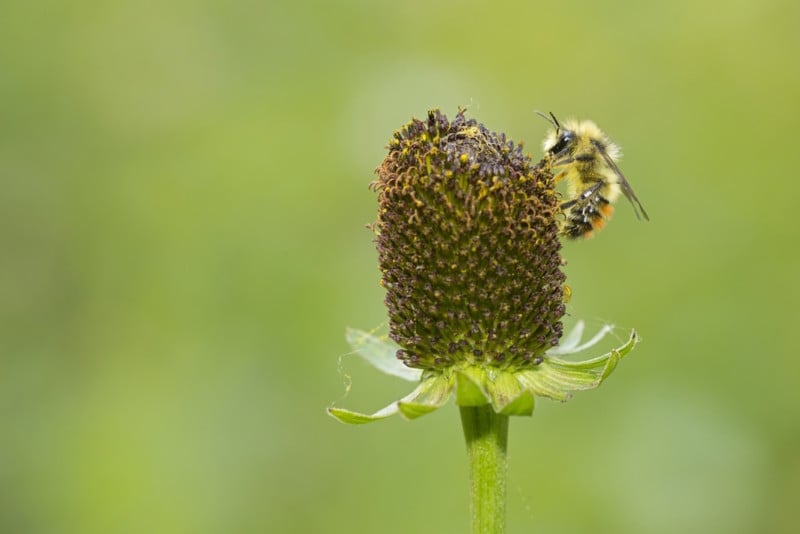
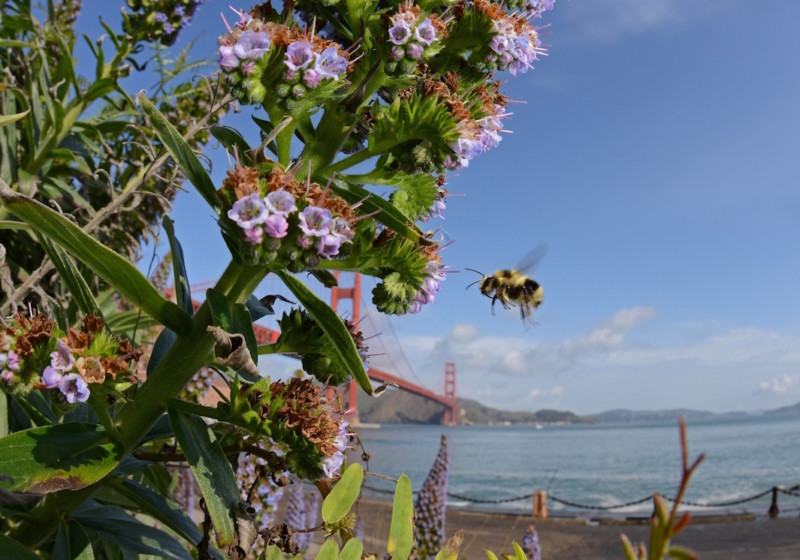
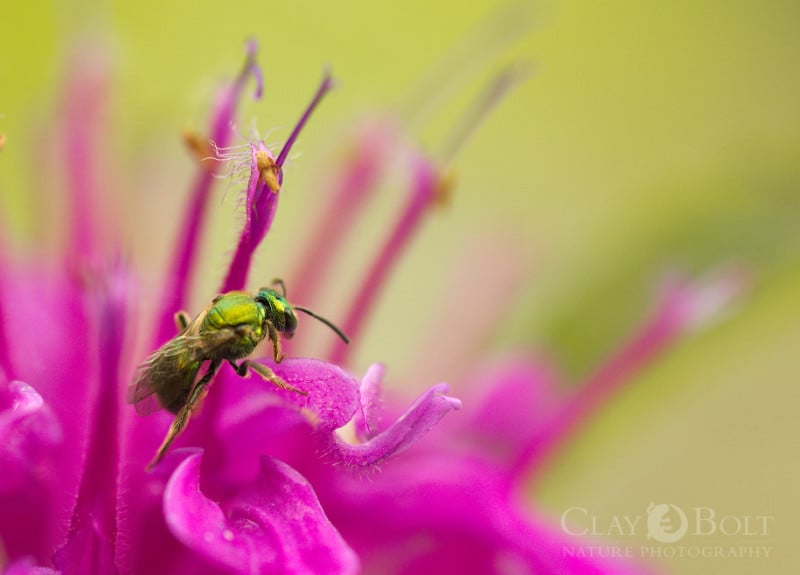
None of these bees were sedated in order to capture their picture; Clay will stand still in front of a flower for as long as it takes to get the shot he’s looking for. He’s able to put that kind of dedication into his work, in part, because he hopes his photos can help save the species of bee that are facing extinction.
“1 in 4 species of North American bumble bees are at risk of extinction,” he told us over email. “One species, Bombus franklini, Frankllin’s bumble bee, is most likely already extinct and almost no one even realizes this, or knows about the species.”
Armed with this knowledge, Clay has set out to try and get the related rusty-patched bumble bee species protected under the Endangered Species Act. Once one of the most common bumble bees in North America, they’ve all but disappeared over the past 15 years.
Together with Day’s Edge Productions, Clay has produced a film due out in June telling of the rusty-patched bee’s plight. You can see the trailer below:
To learn more about Clay’s bee work or see more of his photos, head over to the Beautiful Bees website. And if you want to see more of Clay’s photography, you can find it on his personal website, Facebook, and Instagram.
(via Slate)
Image credits: All photos by Clay Bolt and used with permission.